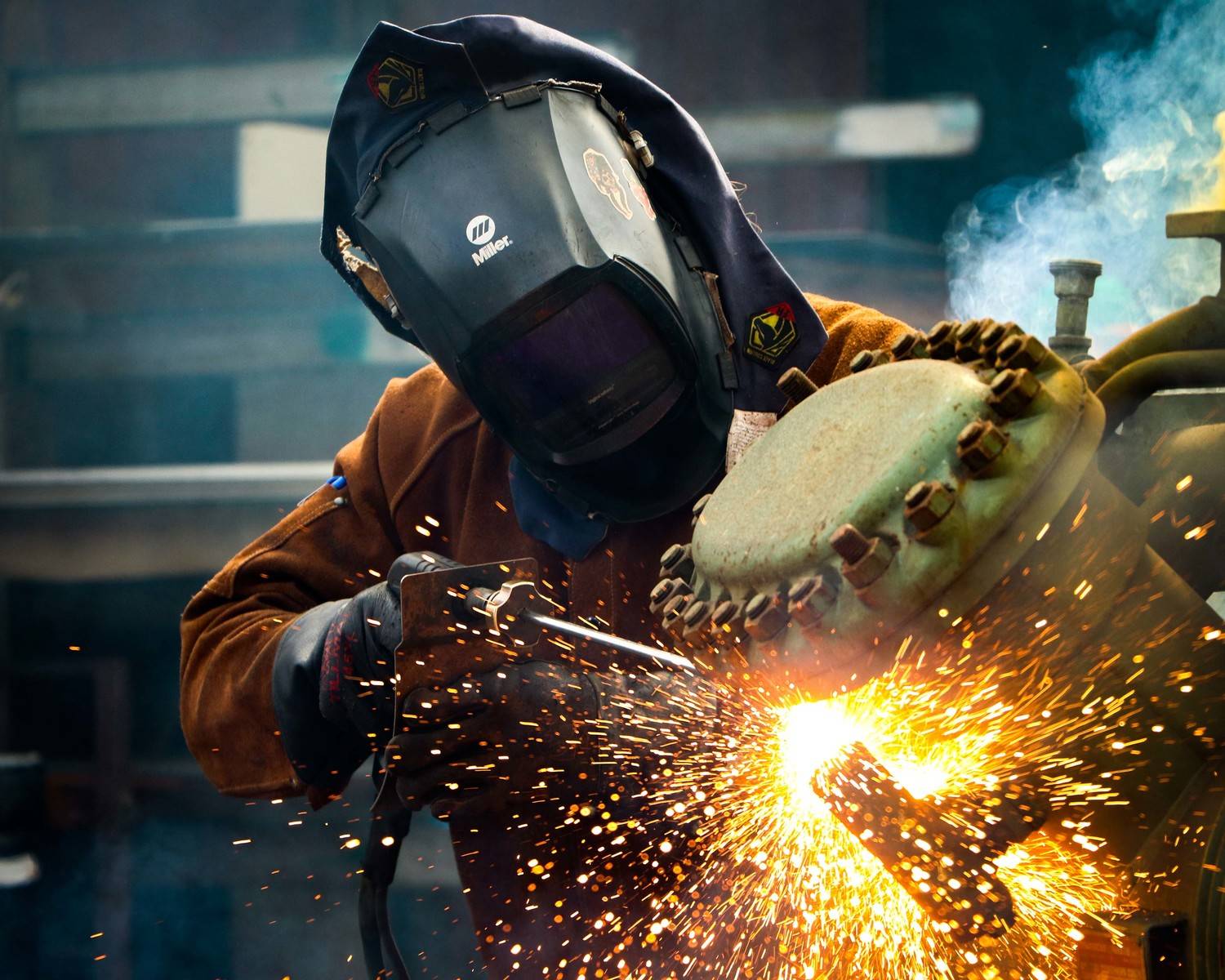Welding WPS: Common Errors to Avoid and Just How to Correct Them
Welding WPS: Common Errors to Avoid and Just How to Correct Them
Blog Article
Grasping Welding WPS Standards: Ideal Practices and Techniques for Top Quality Welds
In the world of welding, grasping Welding Procedure Spec (WPS) standards is an essential component that directly influences the high quality and integrity of welds. As we navigate with the complexities of welding WPS standards, discovering essential insights and strategies for attaining top-tier welds will certainly be extremely important for welders looking for to stand out in their craft and generate welds that stand the test of time.
Comprehending Welding WPS Specifications

Examiners count on WPS paperwork to validate that welding procedures are being complied with appropriately and that the resulting welds are of high top quality. Engineers use WPS requirements to create welding treatments that ensure the longevity and integrity of welded frameworks.


Necessary Tools for Quality Welds
Mastering welding WPS standards is crucial for welders to properly use the important devices required for producing top quality welds. The kind of welding maker needed depends on the welding procedure being utilized, such as MIG, TIG, or stick welding. Wire brushes and breaking hammers are crucial for cleansing the weld joint before and after welding to remove any contaminations that could influence the quality of the weld.
Key Techniques for Welding Success
To attain welding success, one should master the key strategies important for creating top quality welds. One important strategy is keeping the correct arc size. Maintaining the electrode at the optimal distance from the workpiece is vital for developing strong, consistent welds. Furthermore, regulating the traveling speed is extremely important. Relocating as well promptly can cause inadequate penetration, while relocating as well gradually can bring about extreme heat input and potential issues. Appropriate manipulation of the electrode angle is one more important technique. The angle at which the electrode is held can affect the bead form and infiltration of the weld. Additionally, guaranteeing constant gun angle and direction of traveling is crucial for harmony in the weld grain. Finally, maintaining a steady welding and a steady hand placement throughout the process is vital to attaining accuracy and consistency in the welds. By understanding these crucial methods, welders can elevate the high quality of their work and achieve welding success.
Ensuring Conformity With WPS Criteria

Furthermore, welders ought to undertake training to acquaint themselves with the WPS standards pertinent to their job. Normal audits and inspections need to be conducted to confirm that welding tasks line up with the recommended WPS standards. In addition, keeping thorough records of welding parameters, equipment calibration, and examination results is essential for demonstrating conformity with WPS standards - welding WPS. By faithfully adhering to WPS standards, welders can make certain that their from this source job meets the needed top quality levels and contributes to the total success of the welding project.
Troubleshooting Common Welding Issues
When faced with common welding problems, identifying the source is important for efficient troubleshooting. One prevalent problem is the existence of porosity in welds, commonly caused by impurities such as oil, wetness, or corrosion. To resolve this, making sure appropriate cleansing of the base steel prior to welding and using the appropriate protecting gas can considerably decrease porosity. One more problem frequently run into is absence of combination, where the weld stops working to effectively bond with the base material. This can come from insufficient warm visit our website input or incorrect welding technique. Readjusting specifications such as voltage, wire feed rate, or travel speed can assist improve fusion. Furthermore, distortion, cracking, and spatter prevail welding difficulties that can be alleviated via proper joint prep work, constant heat control, and choosing the suitable welding consumables. By thoroughly comprehending these common welding concerns and their source, welders can properly repair problems and attain high-grade welds.
Verdict
In verdict, mastering welding WPS standards calls for a thorough understanding of the guidelines, making use of crucial tools, and implementing vital techniques for effective welds. Making sure compliance with WPS standards is critical for producing quality welds and staying clear of typical welding problems. By following ideal practices and strategies, welders can accomplish reputable and constant outcomes in their welding projects.
In the realm of welding, grasping Welding Procedure Specification (WPS) standards is a critical element that straight affects the top quality and stability of welds.When delving right into the realm of welding practices, an essential facet to comprehend is the relevance and intricacies of Welding Procedure Specification (WPS) standards. WPS standards give a comprehensive standard for welding procedures, guaranteeing uniformity, quality, and safety in the welding process. The type of welding machine required depends on the welding process being made use of, such as MIG, TIG, or stick welding.Accomplishing welding success through the mastery of key strategies demands a complete understanding and adherence to Welding Treatment Requirements (WPS) criteria.
Report this page